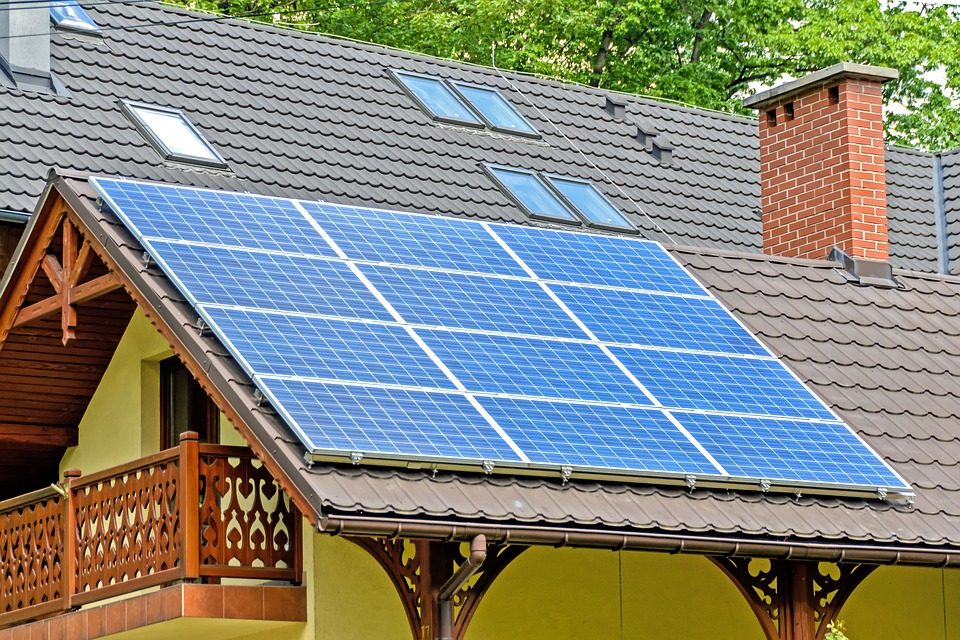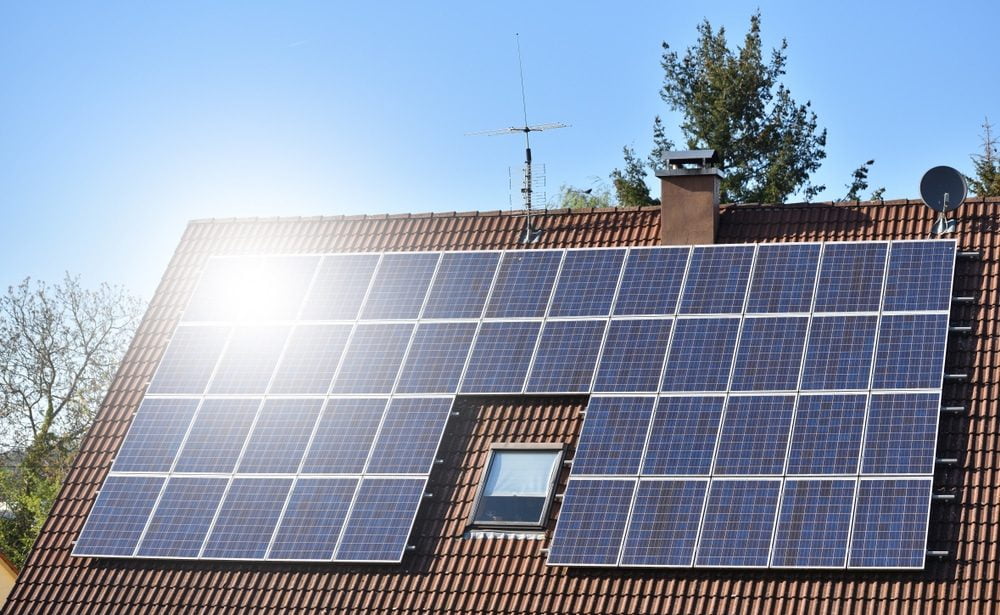The decision to install solar panels on your roof involves many factors. The brand, type, quantity, installation, and whether it will be beneficial in the long run should all be considered. The placement of your solar panels, however, may be a more important issue to consider once you’ve put in the hard work to research all of your options.

The best direction for the solar panel
The placement of solar panels is important because those facing the direction with the least sun exposure generate about 28% less energy than those facing the best. The sun moves north because Australia is in the southern hemisphere.
Although it depends on many circumstances, facing your solar panels north is generally considered the best option in Australia. This is due to the increased exposure in this direction during the noon hours.
However, pointing your solar panels true north can sometimes be the best option because terrain, latitude, and location affect where solar panels are most effective. With additional factors such as:
- Your roof may receive shade from nearby trees or structures at different times of the day, rendering any solar panels you may have useless.
- West-facing solar panels perform better in areas where mornings are usually cloudy.

Combining Directions
Your solar panels can face different directions. For example, solar panels can be placed, with some facing north and others facing west. An output corresponding to northwest facing solar panels will emerge from it. Even more than two directions can be covered by solar panels.
North facing solar panels
Solar panels facing north generate the most electricity. This orientation is always the best option to stay at home during the day. They use electricity when they are produced, but it is also simple to transfer demand using appliances such as washing machines and dryers. The greatest environmental benefits will come from north-facing solar panels because they generate the most electricity overall.
South facing solar panels
As the sun is always in the north, the south orientation is the weakest position for solar panels. For example, solar panels facing south in Sydney generate almost 30% less electricity than those facing north.
West facing solar panels
West-facing solar panels typically generate about 15% fewer panels than north-facing ones. They reach their peak production in the afternoon and produce more electricity in the afternoon than the north facing solar panels. This is an excellent option for homes with heavy electricity use at night.

East facing solar panels
The opposite of the west-facing panels faces the east. People with high morning electricity usage are best served by east-facing panels because they avoid paying the highest morning electricity rates. Like west-facing solar panels, east-facing solar panels produce 15% less electricity.
North-west facing solar panels
Northwest-facing solar panels generally produce 5% less electricity than north-facing solar panels. The electricity they produce throughout the day will alternate between the panels facing north and west. The afternoon is when they generate more electricity, and the morning is when they generate a little less.
North-east facing solar panels
North-east facing solar panels generate 5% less electricity than north facing ones, and their output during the day falls somewhere between north facing solar panels and east.
East West facing solar panels
The total amount of electricity generated will be roughly 15% lower than if all the solar panels were facing north; some face east and some face west. The advantage of this configuration, also known as east/west split, is that it enables a more consistent output of electricity throughout the day, which may help increase personal consumption. The output of the system will be smoother the steeper the roof.

The best angle for solar panels
It helps to keep the solar panels in their perpendicular position or choose the proper tilt angle to provide maximum solar energy production and better energy storage for the home. For example, Sydney is located at a latitude of about 34 degrees. So for best efficiency, it is advised that the solar panels are placed at a 34 degree angle towards the sun. Solar panels in Brisbane should be angled at 26 degrees, facing north, according to UQ Global Change Institute researcher Professor Tapan Kumar Saha.
The weather can also affect your solar panels. A good illustration of this is a lot of snow. This can block your solar panels if you live in a region where excessive snow accumulates. You can reduce the accumulation of snow or debris by tilting your solar panels at a sharper angle.

Compared to installations on tilted roofs, you will get about 15% less energy overall from solar panels installed on a flat roof. In this case, you will receive more in the summer and less in the winter, and you will experience issues when it rains because there is no way for the rain to drain off the panels without tilting. Otherwise, the rain will just wash them away, increasing your solar panel maintenance duties.
Installation of solar systems
If you are planning to install solar systems in your home, you need to set them up for the best possible efficiency. Solar panel designs are extremely important, their orientation is overlooked, and the angle the solar panels face is also important to how the system works.
Energy Matters has been a leader in the renewable energy industry since 2005. We can connect you with our trusted local installers, who will provide up to 3 FREE quotes for your home and business solar energy system. Complete our quick quiz and start your solar journey today!
